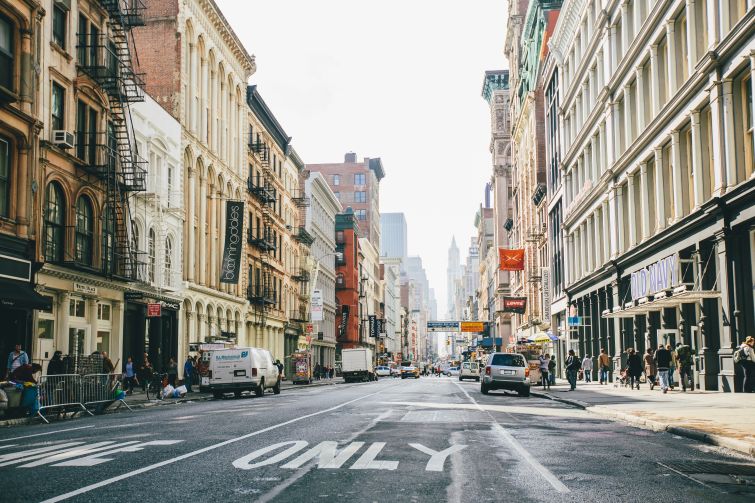NYC’s Rezonings Regularly Fall Short of Affordable Housing Goals: Report
By Mark Hallum November 10, 2021 5:06 pm
reprints
In a new report, Andrew Berman, the executive director of Village Preservation, called into question the success rate of the city’s rezoning policies, claiming the de Blasio administration only shows an accuracy rate of 50 percent for meeting housing goals. But New York City Department of City Planning (DCP) officials weren’t buying it, countering that the equity goals of their rezonings haven’t come close to maturing.
“Neighborhood plans are long term by nature and establish forward-looking policies whose outcomes are measured in decades,” DCP spokesperson Joe Marvilli said. “This premature claim on rezonings is the latest attempt to preserve an inequitable status quo that benefits the few. Our proposal will bring permanently affordable housing and economic opportunity for all New Yorkers to these high-income neighborhoods.”
The new report from Village Preservation comes a day after the New York City Council’s Subcommittee on Zoning and Franchises heard objections to Mayor Bill de Blasio’s last proposal on SoHo and NoHo before he exits Gracie Mansion and Mayor-elect Eric Adams steps in. It also was released the same day two City Council committees approved the rezoning for Gowanus, Brooklyn.
Village Preservation looked at data following rezonings over the last 20 years and claimed the city’s goal of creating housing — especially affordable units — has only come to fruition half of the time.
The DCP told Commercial Observer that the oldest neighborhood plan under de Blasio is for East New York, Brooklyn, and is only five years old with another nine years to go to meet its expected goals. It also pointed to the environmental review for Jerome Avenue in the Bronx being 2026 while the East Midtown rezoning doesn’t reach its peak until 2036.
However, Village Preservation counters those claims. In the case of Midtown East that was rezoned in 2017, Village Preservation said that out of the 30 potential sites targeted by the administration for full development by 2036, only four sites have progressed. These included a 1,425-foot skyscraper at 270 Park Avenue and a 1,565-foot building at 175 Park Avenue.
“Time and again, the city has entirely missed the mark when making predictions about the effects of their neighborhood rezonings, failing to accurately convey to New Yorkers what the true impact of these dramatic proposed changes would be,” Berman said. “In nearly every case, the city’s predictions were less reliable than a literal stab in the dark; one would have a better chance of getting an accurate picture of the results of the city’s rezonings by consulting a storefront fortune teller, or simply flipping a coin.”
De Blasio’s goal for many of his rezonings was to ultimately spark housing development and generate hundreds of units of affordable homes.
Under the SoHo and NoHo neighborhood plan, the city expects there to be between 621 and 940 affordable units out of the 3,231 housing units slated to be created over time.
But regardless of the city’s best efforts, Lower Manhattan residents have fought the rezoning plan tooth and nail, making a ruckus at Manhattan Community Board 2 meetings and filling hearing sessions with testimony of opposition.
Both CB2 and Manhattan Borough President Gale Brewer have publicly rejected the rezoning in their own advisory capacity. Yet, the city continues on its path with the next step being a vote in front of the full City Council.
Mark Hallum can be reached at mhallum@commericalobserver.com.


